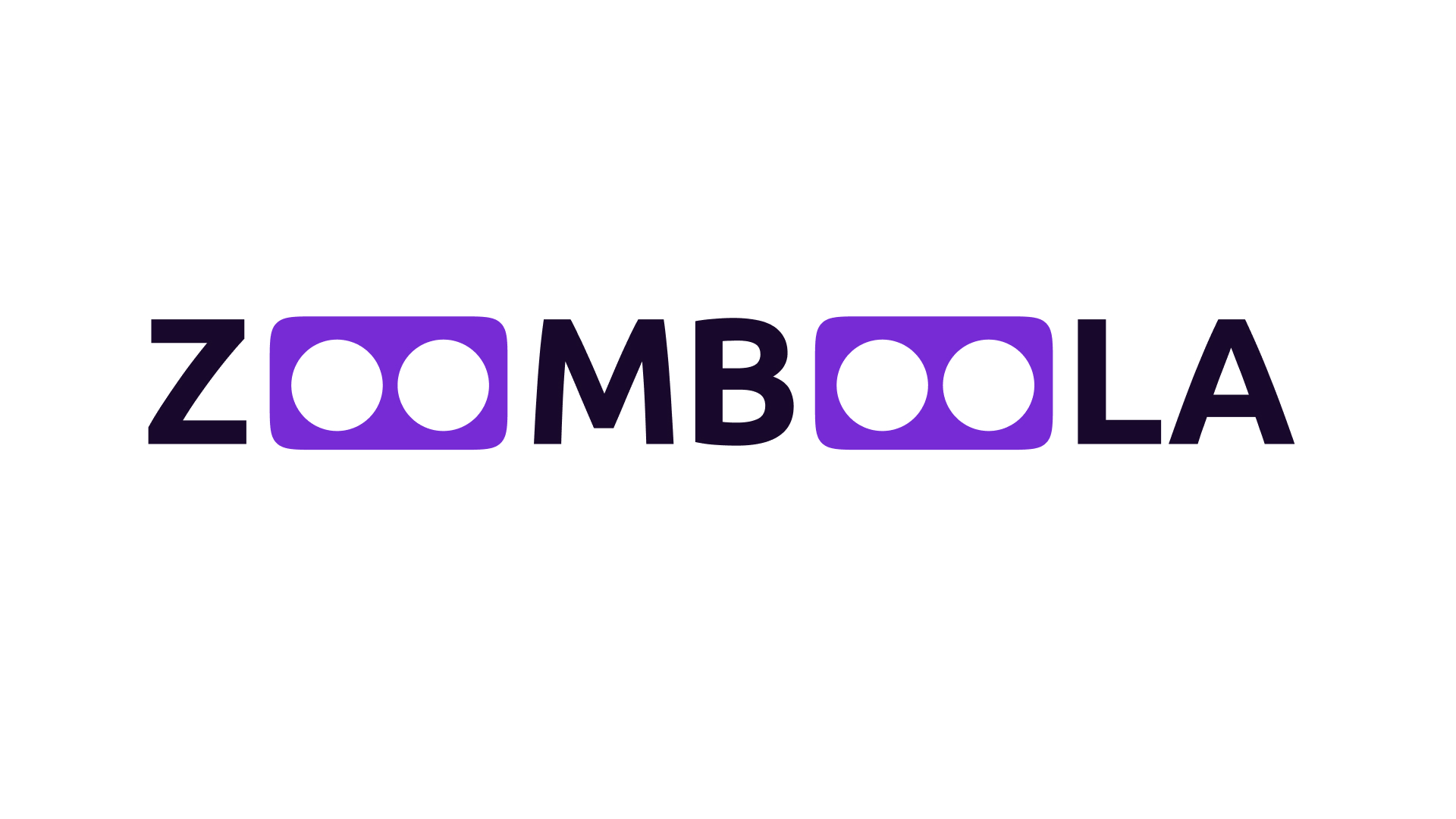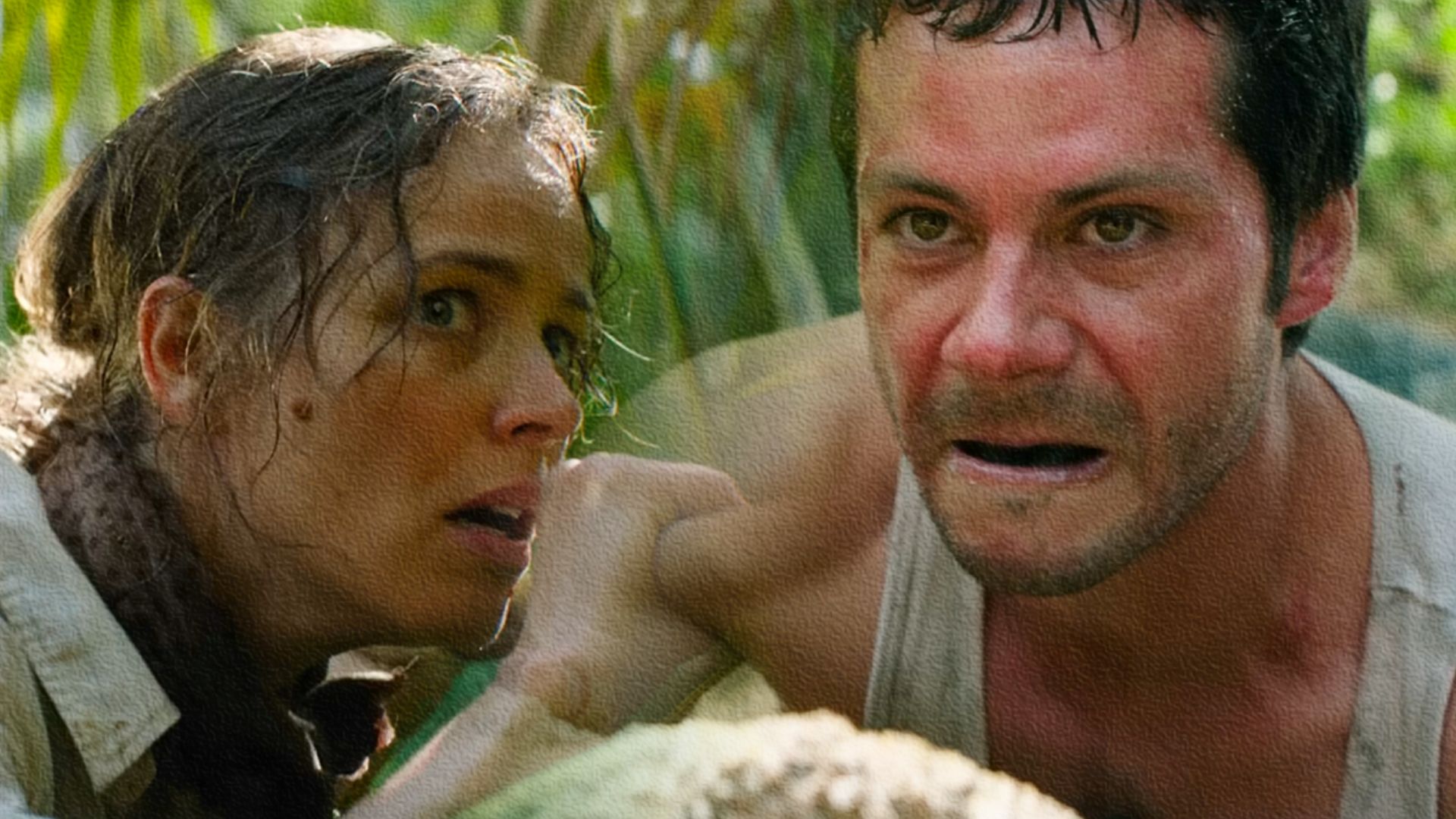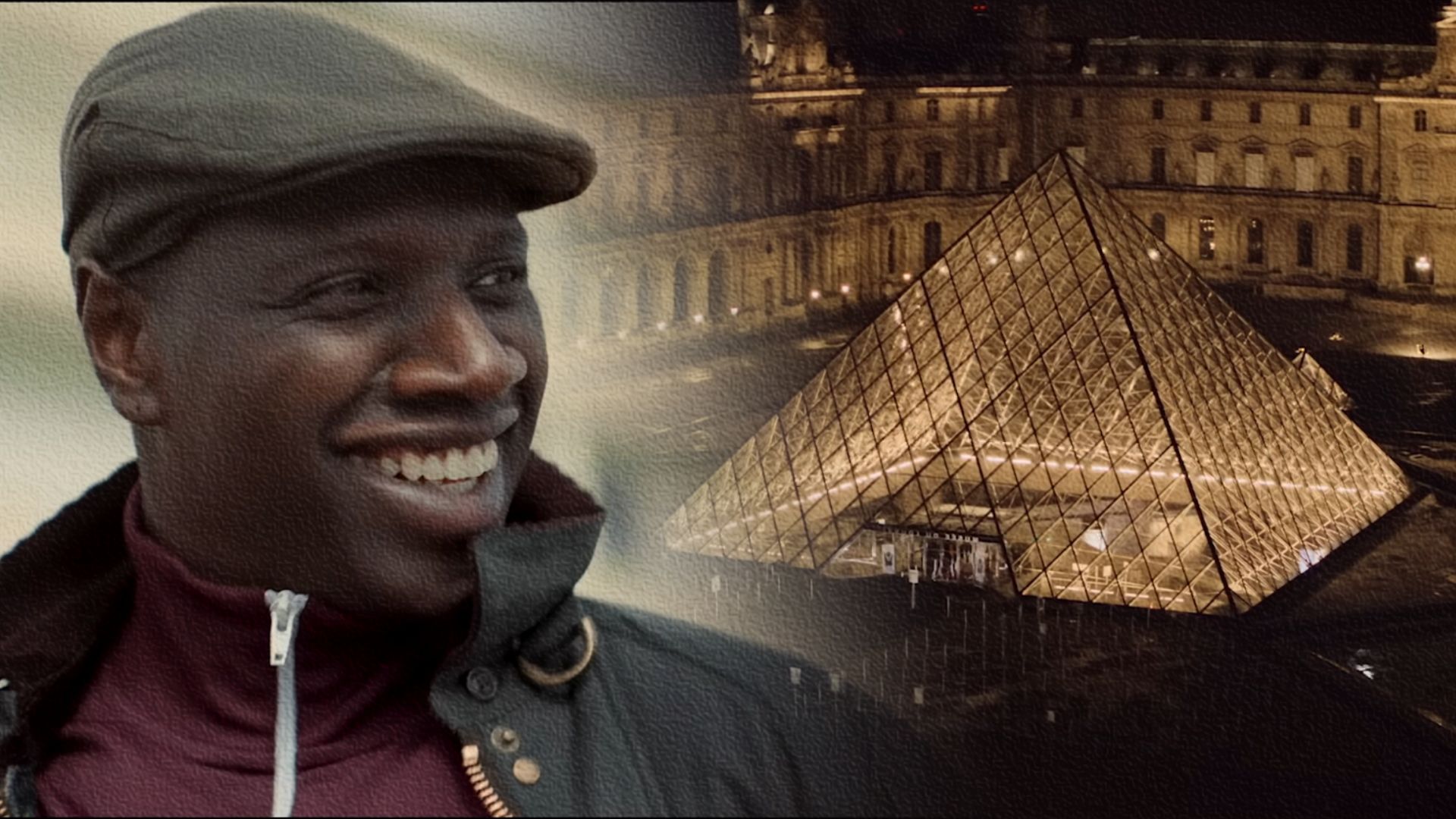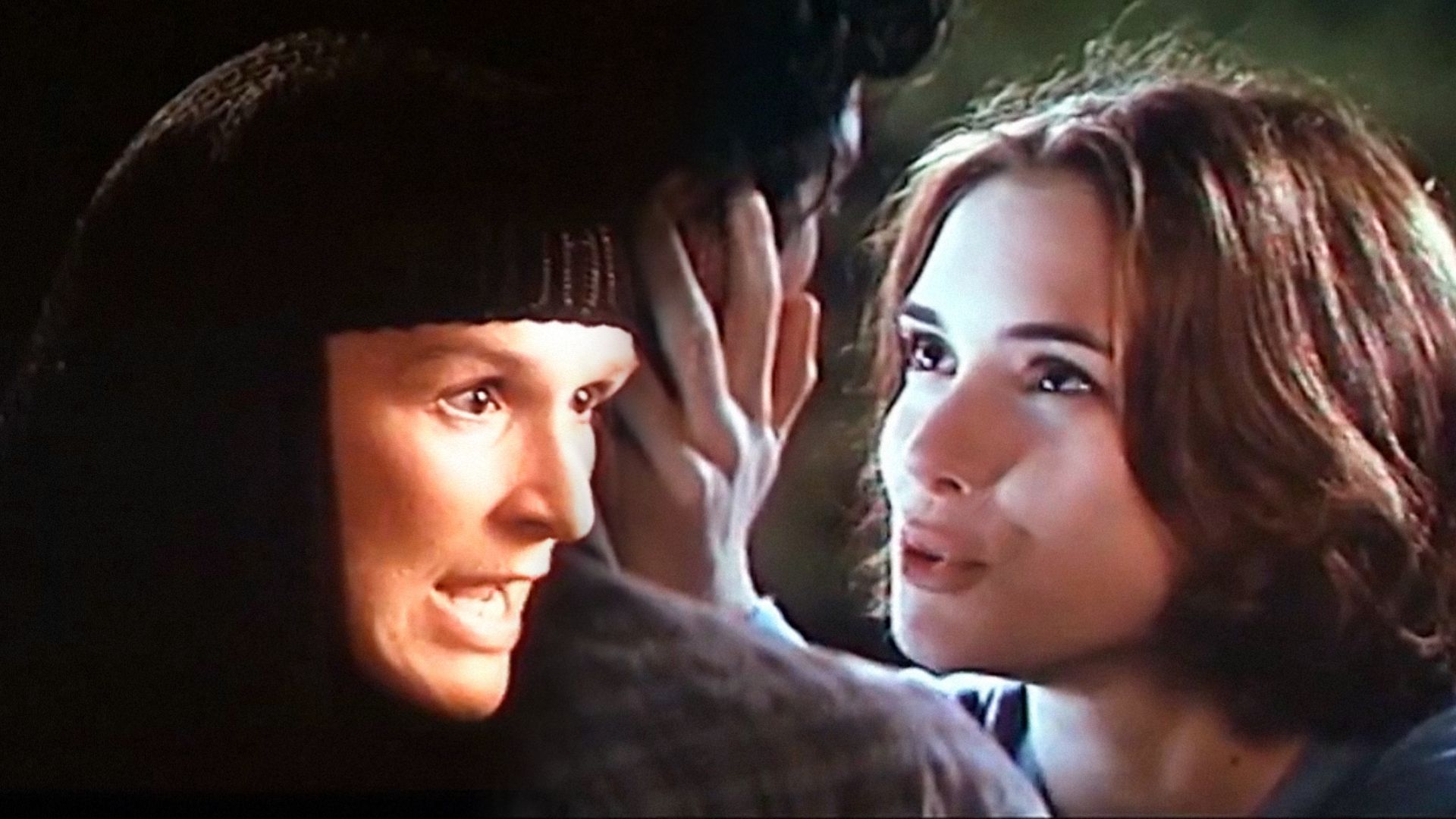While everyone's talking about the new franchise installment (the third film in the series, "28 Years Later," hit theaters June 20, 2025), I want to go back to where it all began.
When Danny Boyle took on Alex Garland's script, he had no idea he'd create one of the most influential films of the 2000s. "28 Days Later" didn't just breathe new life into the zombie horror subgenre — it transformed it completely. And he did it with a minimal budget, digital cameras, and no crowds of extras.
How the idea was born
The concept came to Garland shortly after "The Beach." According to Wikipedia, he reread all the genre classics — from George Romero to Wyndham's novel "The Day of the Triffids."Garland decided to ditch the tired "dead rising from graves" template and replaced it with a rage virus — an infection that reflected early 2000s fears: bioterrorism, HIV, Ebola. This realism amplified the horror, making the monsters frighteningly believable.
Three-act structure and the fears of the time
Boyle built the film on classic structure: act 1 — London, act 2 — the road, act 3 — military base. Each step of the protagonist's (Cillian Murphy) journey shows human evolution in catastrophe.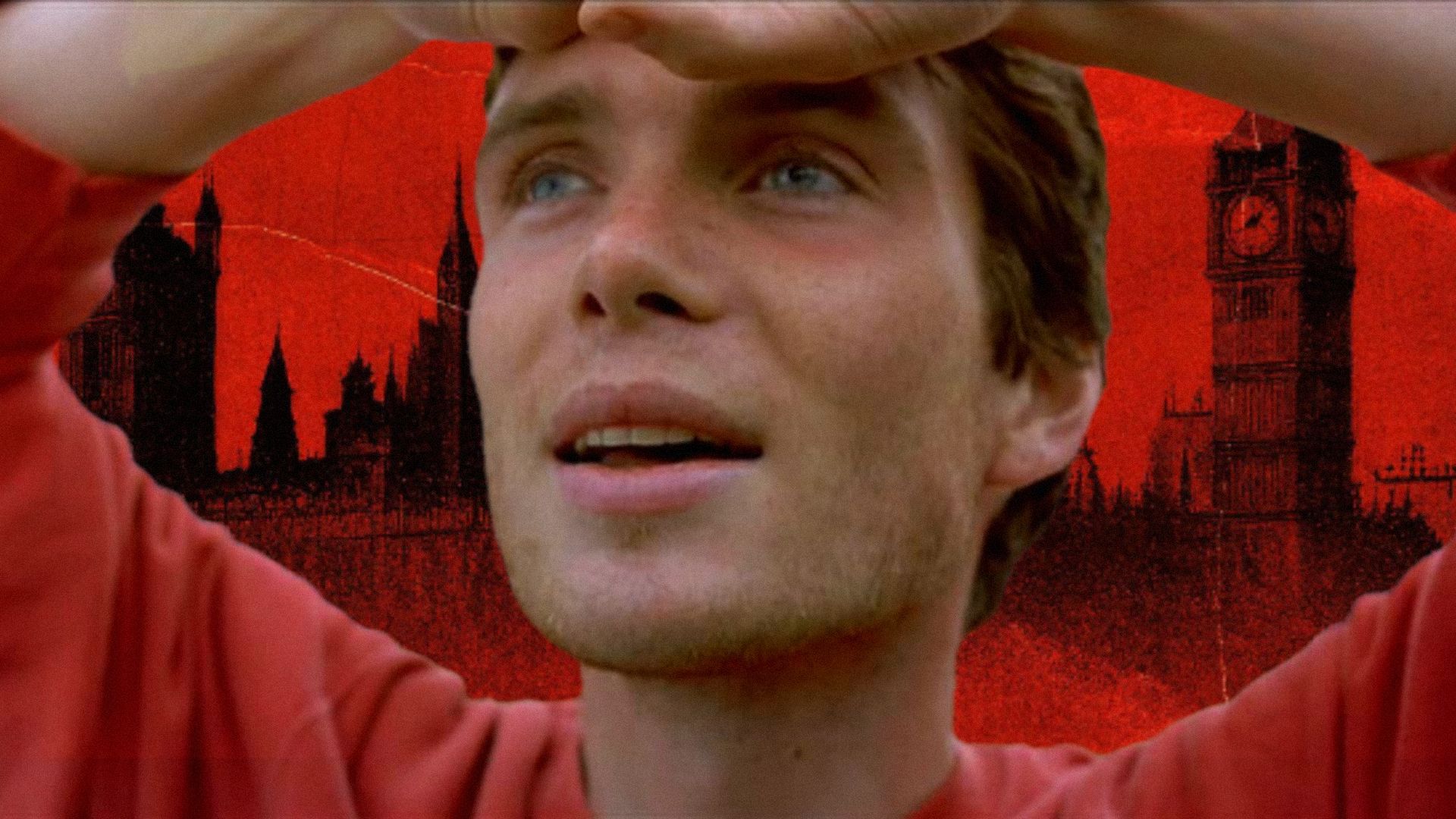
Source:
imdb.com
Three different endings
Originally, the director shot three different endings for the film, reports Screenrant. In the alternative versions, Jim dies.But audiences preferred hope. Boyle listened, choosing the warm, almost optimistic resolution. Though personally, I still think the tragic ending would've been more honest.
How they filmed empty London
The film's greatest miracle — empty central London. For filming, they blocked streets at dawn, giving the crew 20-60 minutes per shot.According to Ladbible, scenes were shot simultaneously on 8 Canon XL1 digital cameras. All for one shot: an empty city as a symbol of the familiar world's end.
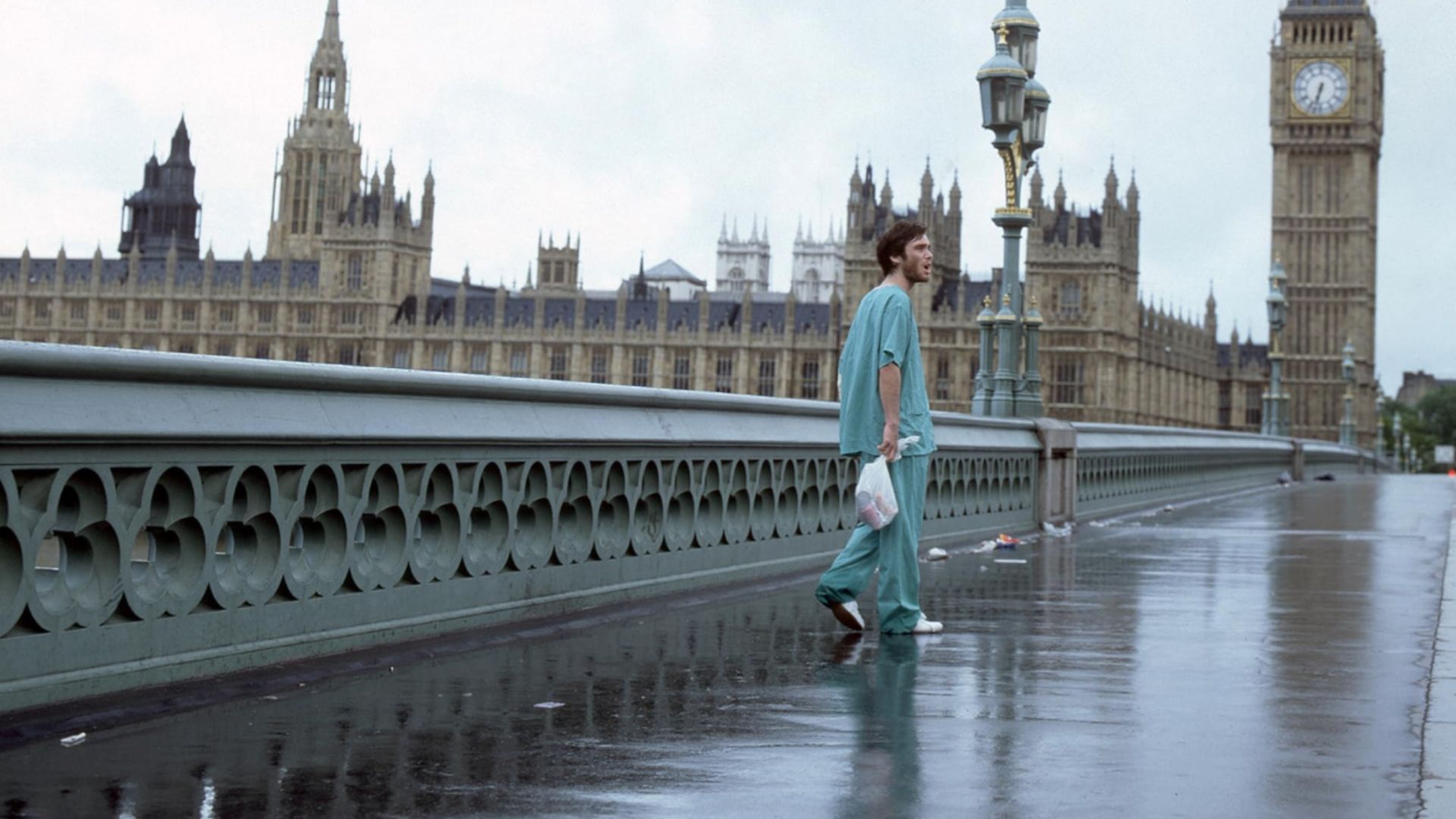
Source:
imdb.com
MiniDV, Grain, and Unsettling Light
They shot almost everything on MiniDV cameras. This was rare for feature films. But director and cinematographer Anthony Dod Mantle turned the low quality into an advantage: the grainy footage amplified the sense of chaos and documentary realism.Night scenes were filmed during the day and then deliberately "darkened" in post-production. Lighting was minimal, and the horizon was constantly tilted — all for that unsettling effect.
Claire Donner from CBRThe film's starkly contrasted imagery perfectly matched its story about a "rage virus" that leads to civilization's collapse.
The Sound of the End Times
Music is a character in its own right. Danny Boyle drew inspiration from Canadian post-rock band Godspeed You! Black Emperor, but John Murphy composed most of the score.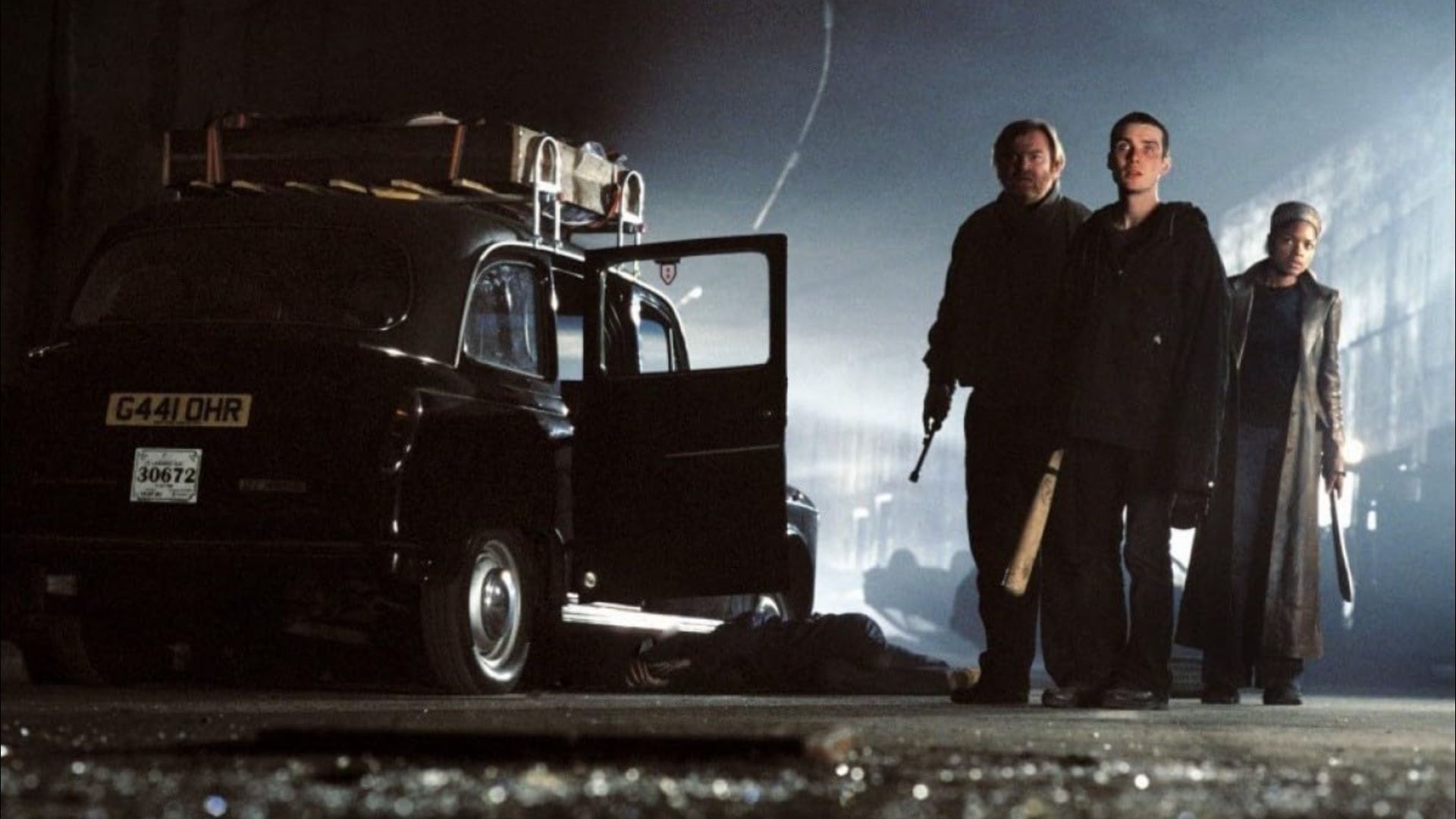
Source:
imdb.com
Legacy
"28 Days Later" made Cillian Murphy a star and established Garland and Boyle as the key visionaries of the 2000s. It reignited interest in zombies and proved that horror could be intelligent.Two decades later, the film hasn't lost its relevance: it still scares, thrills, and reflects the fears of our time. The creation of new franchise installments only confirms this. Earlier, we at zoomboola.com reported that "28 Years Later" became the highest-grossing entry in the series.
